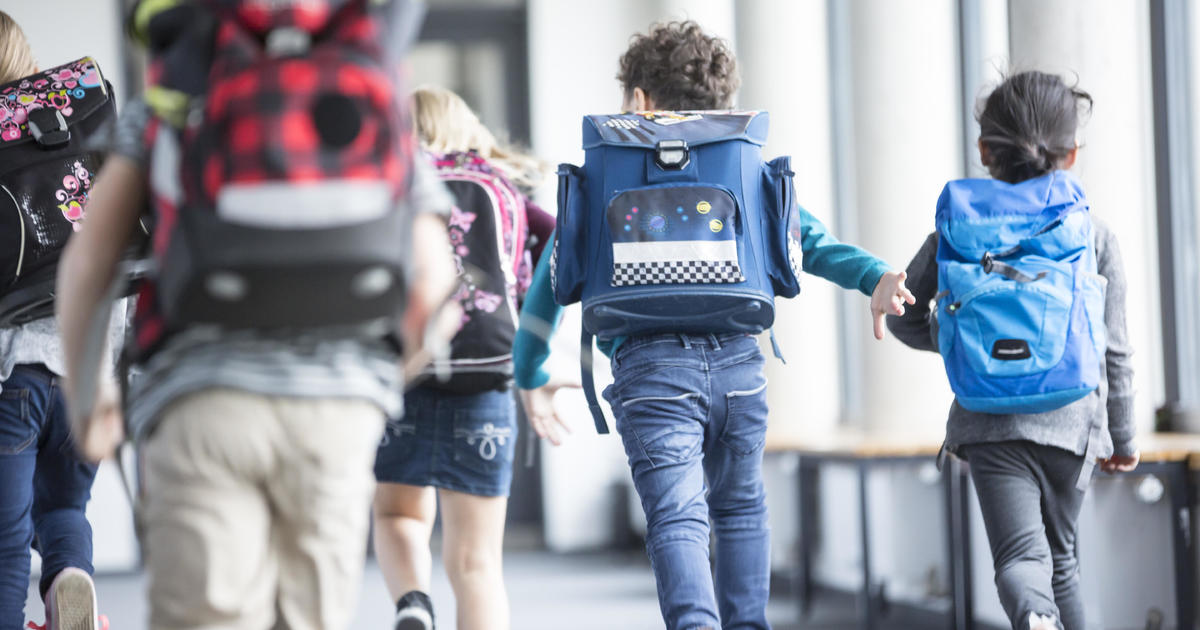When the school bell rings in Independence, Missouri, this year, 14,000 students are trying something new: a four-day week, with Mondays off. And they’re not alone. As kids head back to school this year, a growing number will be returning to a four-day school week.
Hundreds of districts across the country have moved to adopt the alternative weekly schedule in recent years. CBS News correspondent Bradley Blackburn looked at why some larger school districts are now taking this step — and what it means for teachers, students and families.



I just felt like replying.
As for the 4 day thing, I’m interested to see how it works out. In Texas it has resulted in poorer outcomes for children on the whole mostly due to the safe place service schools provide.